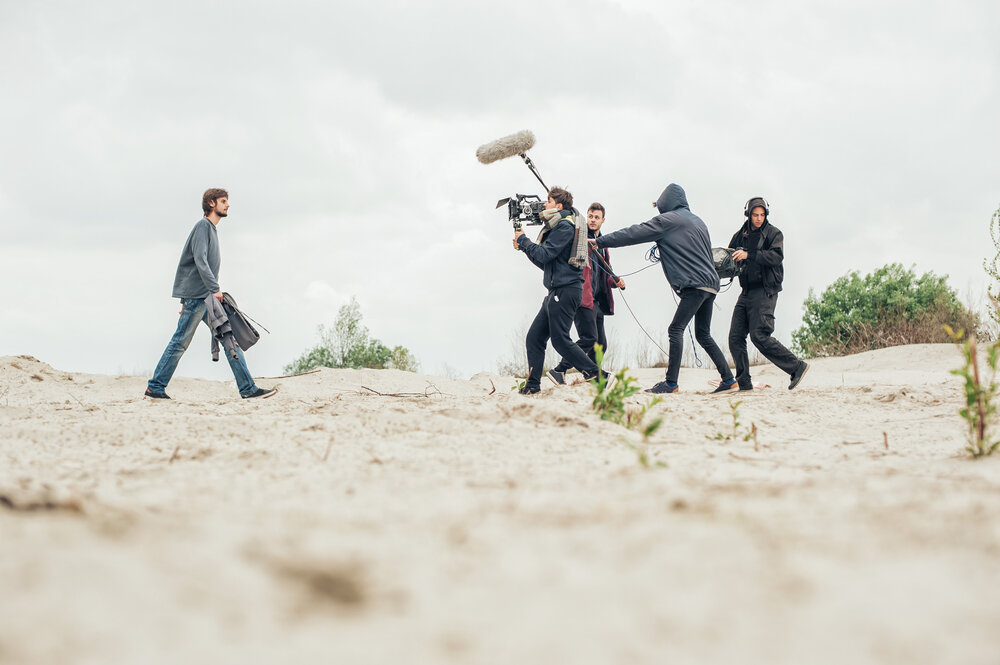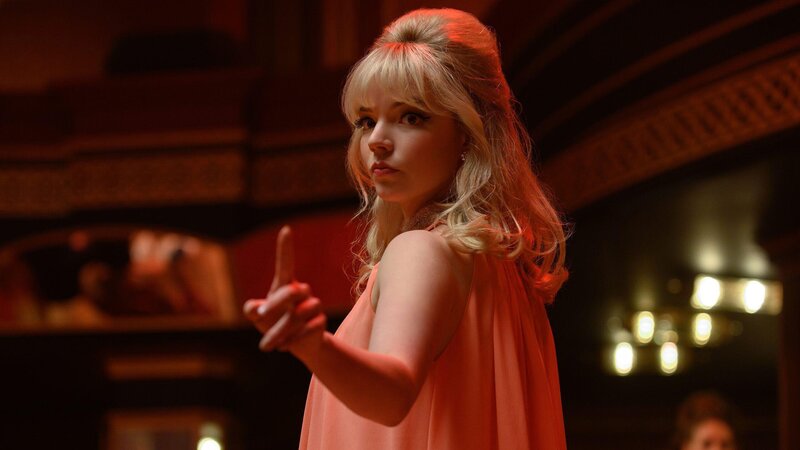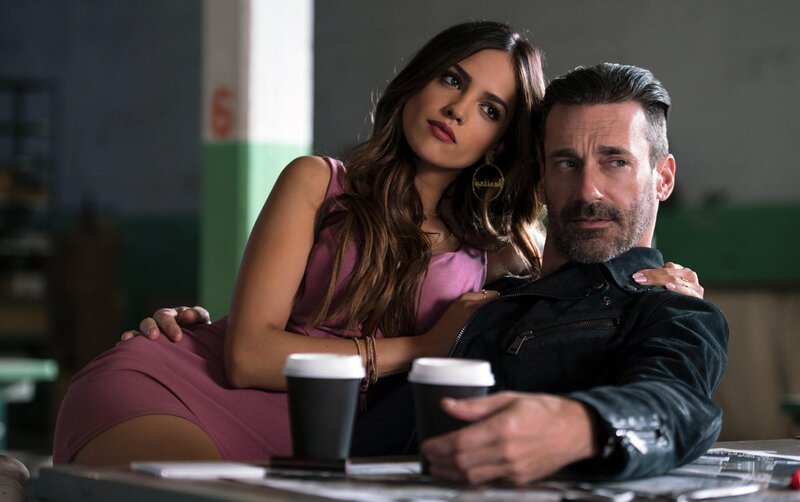
The three-act structure has helped many of the world’s greatest writers and screenwriters bring their stories to life through books and films.
Popularised by American author Syd Field in the ‘70s, many of today’s writers still credit the three-act structure as a great tool to kickstart the writing process, develop their story or shake off that unwelcome writer’s block. But what is a three-act structure in filmmaking? Read on to find out.
What is a three-act structure?
As mentioned, writer Syd Field is the mastermind many writers praise when it comes to writing using the three-act structure model – including the iconic storyteller Alan Moore and filmmaker Edgar Wright. Each credit Field’s book Screenplay: The Foundations of Screenwriting as a resource to guide you through the art of structure and pace in writing stories.
The three-act model suggests writers split their stories into three acts – the first, second and third – with critical plot points occurring in each.

Act 1
The first act is usually used to introduce the idea of the story (also referred to as the story setup). Who are your main characters? What are their relationships? And what sort of world do they live in? The first act is also where you can outline the inciting incident that occurs in your story (an event that confronts your main character). This event acts as the catalyst that propels the story forward. This section should roughly take up the first quarter of your screenplay.
“There’s a point usually at the end of act one and act two, where things can never be the same again [for your protagonist],” says Edgar Wright in his filmmaking course, referring to the inciting incident in a story. “Your character has to go through life-changing circumstances, that may be minor or may be huge.”
This event is vital to good storytelling he argues – “an interesting story has to have events that you cannot go back on, it’s Joseph Campbell’s concept of ‘the point of no return’, the story has to be progressing,” he says.
Act 2
The second act is where the action sets in (also referred to by many writers as ‘the confrontation’). This is where you outline the ways in which your protagonist strives to fix the problem facing them. Usually, it will take them a few attempts. This is because at this stage of your story your protagonist hasn’t yet developed the skills to challenge the antagonist/the problem at hand – which is where all the juicy character development comes in. So you can expect this to take up the next two-quarters of your film.
Act 3
The third act is all about resolution and fills the final quarter of your screenplay. This section answers the grand dramatic question facing our characters at the start of the story – did the detective solve the murder case? Did our protagonist get the girl of his dreams? Was the criminal brought to justice?
It’s in this act that we reach the climax of the movie. All the tensions of the story reach the most intense point here – think of the final fight scene in Gladiator or Thelma and Louise’s infamous car chase as they flee the police. There’s nowhere else for the tension to go and our dramatic question must be resolved. Whether it’s triumph or defeat the protagonist endures, they now have a new sense of who they are and how the journey they’ve gone through has changed them.

Three-act structure examples
Let’s break down two award-winning films into their three-act structures to give you an example. If you haven’t seen either film, prepare for some spoilers.
Good Will Hunting – directed by Gus Van Sant
Act 1: We meet Will (our protagonist), a lower-class citizen working as a janitor at a local university. He has no family, and his friends are troublesome with little ambition. We learn that Will has a mathematical gift after he solves an ‘impossible’ equation written on a board in the hallway by a professor. Will has violent tendencies (we soon learn the result of an abusive foster father) which lead him to a jail sentence for punching a cop. We then meet Skyla, a girl from a world opposite to his – she has her own wealth and is invested in her academic future – and is the new love interest of our protagonist.
Act 2: The professor learns of Will’s talents and visits him in jail, revealing that he has arranged a deal with the judge that he can be released under his supervision, as long as he agrees to continue doing mathematics and that he attends counselling. Will accepts. He begins dating Skyla, tackling more maths and starts therapy. He dismisses the idea of a career in mathematics. After tormenting several therapists, he then meets one who gets through to him and attempts to break down his defences and heal his childhood trauma.
Will slowly begins to open up, and his relationship with Skyla blossoms but a ‘brighter’ future still isn’t what he wants.
Act 3: As Will slips away from his old life into a newer one, he starts to self-sabotage – abandoning therapy, mathematics and breaking up with Skyla when she asks him to join her in starting afresh across the country. In desperation, Will ends up back in therapy. He and his therapist both reach a connection through mutual trauma and the therapist finally brings Will relief from his past. Will discovers how to trust people and decides to follow Skyla. He leaves his hometown and chases a brighter future.
Baby Driver – written and directed by Edgar Wright
Act 1: We meet Baby, a getaway driver in Atlanta. He survived a car crash as a child which killed his parents and left him with tinnitus. He finds relief in listening to music through his music device. He regularly works with gangs to fulfil crimes. But in between jobs, he looks after his deaf foster father whom he cares deeply for. He meets a diner waitress called Debora and he begins to fall for her. He decides the life of crime isn’t for him after he pays off his debts, but Doc (the gang leader) has different ideas and ropes him back into crime by threatening his foster father and Debora.
Act 2: Baby begins working with a new crew for a big heist. This crew are violent and unstable and put the gang in unnecessary danger. Baby, fed up, attempts to slip away that evening with Debora but is stopped by members of the crew who believe he’s an informant. Unable to escape, he goes along to the heist. He begins to conjure up a new plan to escape after the heist.
Act 3: The heist goes badly. Many are killed and the police turn up. Baby refuses to drive away and other gang members are killed. One member Buddy, vows to kill Baby as a result of his actions. Baby steals a car and leaves the heist and returns home where we learn he has safely put his foster father in a care home with the money he’d saved.
He rushes to the diner to grab Debora where he finds Buddy is waiting for him. Baby shoots him and the two lovers flee the police, retreating to a safe house where Doc greets them with money to escape. Buddy arrives and kills Doc. Then attempts to kill Baby. He fires a gun next to both of Baby’s ears, deafening him. Debora kills Buddy with a crowbar.
The next day Debora and Baby reach a police roadblock, where Baby chooses to surrender. At his trial, his loved ones testify in his defence, but he’s sentenced to 25 years in prison. We see them reunite on the day of his release.
“Writing’s not all easy,” says Edgar Wright in his online filmmaking course. “With baby driver, I conceived the idea at such a young age, and it took 20+ years to finally come out of me,” he says. “If writing was easy, everyone would have a fully produced film.”
These are just some examples of the three-act structure in films, and there are plenty more. If you’re finding it difficult to get into writing your story. Why not try Edgar Wright’s method of “creative procrastination”? Read as much as possible about the ideas you’re trying to write about, or watch movies you like the structure of. You may find that you can start to see clever ways other storytellers break their stories down into three-act structures.
Want to learn more about screenwriting, pitching a movie or filming techniques? Take a look at Edgar Wright’s BBC Maestro course on Filmmaking.

Give the gift of knowledge
Surprise a special someone with a year's access to BBC Maestro or gift them a single course.



